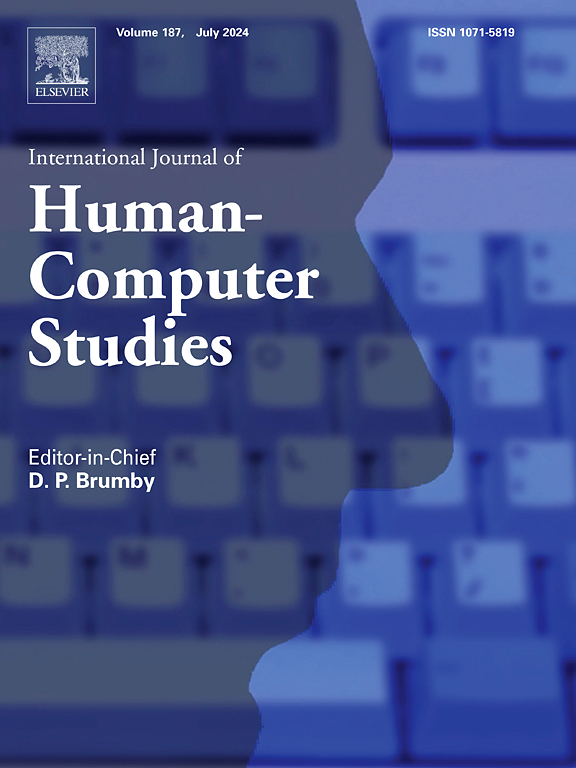Nudging human drivers via implicit communication by automated vehicles: Empirical evidence and computational cognitive modeling
Abstract
Understanding behavior of human drivers in interactions with automated vehicles (AV) can aid the development of future AVs. Existing investigations of such behavior have predominantly focused on situations in which an AV a priori needs to take action because the human has the right of way. However, future AVs might need to proactively manage interactions even if they have the right of way over humans, e.g., a human driver taking a left turn in front of the approaching AV. Yet it remains unclear how AVs could behave in such interactions and how humans would react to them. To address this issue, here we investigated behavior of human drivers (N = 19) when interacting with an oncoming AV during unprotected left turns in a driving simulator experiment. We measured the outcomes (Go or Stay) and timing of participants’ decisions when interacting with an AV which performed subtle longitudinal nudging maneuvers, e.g. briefly decelerating and then accelerating back to its original speed. We found that participants’ behavior was sensitive to deceleration nudges but not acceleration nudges. We compared the obtained data to predictions of several variants of a drift-diffusion model of human decision making. The most parsimonious model that captured the data hypothesized noisy integration of dynamic information on time-to-arrival and distance to a fixed decision boundary, with an initial accumulation bias towards the Go decision. Our model not only accounts for the observed behavior but can also flexibly generate predictions of human responses to arbitrary longitudinal AV maneuvers, and can be used for both informing future studies of human behavior and incorporating insights from such studies into computational frameworks for AV interaction planning.

 求助内容:
求助内容: 应助结果提醒方式:
应助结果提醒方式:


